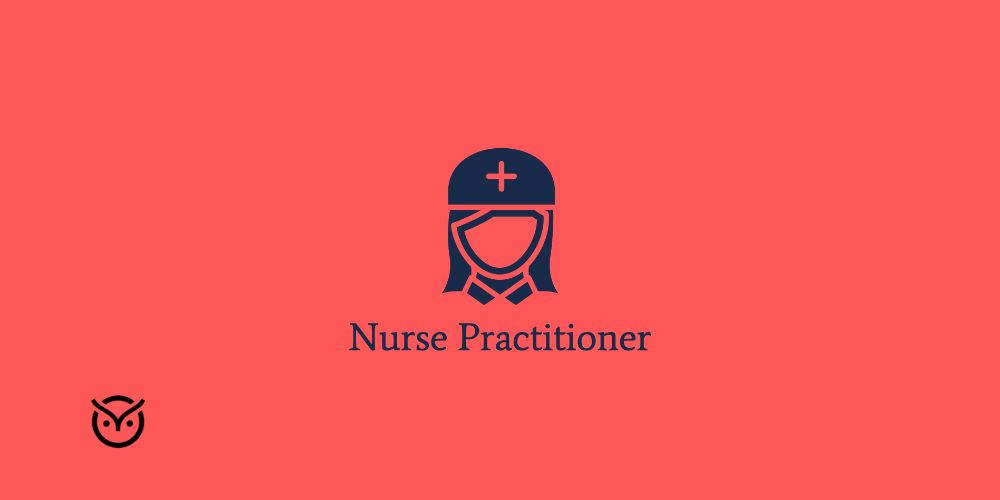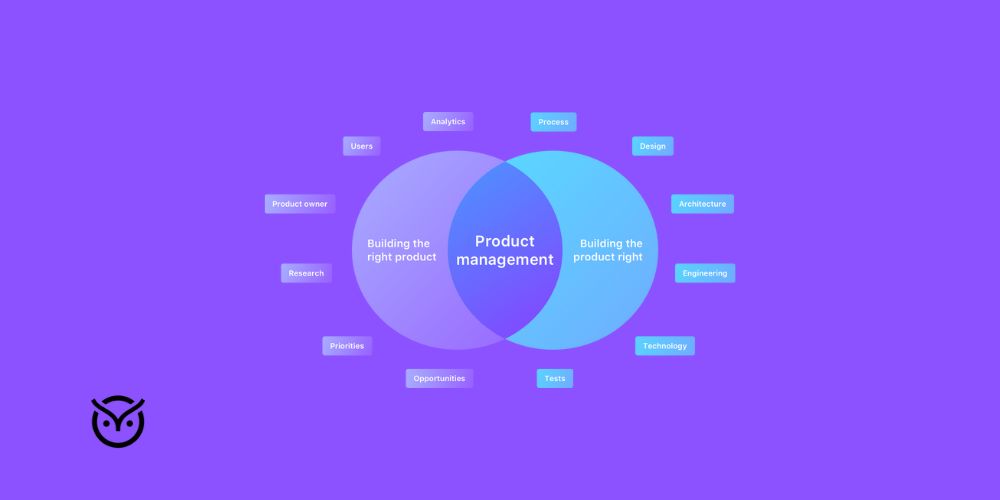
TL;DR
- Keep it under 90 seconds — respect time and attention.
- Use a story to make your skills memorable.
- Add numbers + context to prove impact.
- Highlight what makes you unique to the role.
- Practice for natural delivery, not memorization.
- Match posture, tone, and pace to confidence.
- Tailor your intro to career stage or transition.
- End by aligning your goals with the company’s mission.
Ever feel like your story gets lost in translation during those crucial interview moments? Picture this: Stepping into a high-stake interview, heart pounding, and suddenly facing the classic challenge — how to answer, “tell us about yourself.” This was the reality for a friend transitioning from tech to media, sharp as a tack and ready for her final interview at a media gig. But when the chairman asked her to introduce herself, the connection felt… distant.
It got me thinking – in a world where a staggering 79% of recruiters believe a compelling intro is a major indicator of success, “how to answer tell us about yourself in an interview” becomes a critical skill. Whether you’re preparing for a transition or simply refining your approach, tools like those offered by Vettio can help you craft an introduction that resonates with recruiters and hiring managers alike.
How do you bridge those industry gaps and make them want to hear more? Let’s craft a 90-second intro that truly resonates.
90-Seconds, Game-Changer: Here’s How to Answer Tell Us About Yourself in an Interview Like a Pro
In just 90 seconds, you don’t fill time — you shape how your story is heard, remembered, and carried forward.

What Qualities Do Recruiters Look for? How to Answer Tell Me About Yourself to Stand Out
The Timeless Formula: Story, Substance, and Self
What separates a forgettable introduction from one that lingers in the mind long after the conversation ends? It’s a balance — not of embellishment, but of authenticity, impact, and connection. Whether you’re learning how to answer, tell us about yourself question in an interview or refining your pitch, here’s how to craft an introduction that does more than inform — it resonates.
1. Tell the Story Behind the Success
Facts inform, but stories endure. Anyone can claim to be detail-oriented or proactive. Few can breathe life into those words. A well-placed story transforms traits into lived experiences.
“During our last product launch, I found myself juggling more moving parts than ever. To keep everything aligned, I designed a tracking system that didn’t just monitor progress — it anticipated problems. That system caught three critical issues before they ever reached a client. It wasn’t just attention to detail; it was foresight in action.”
A story like this does more than fill silence. It makes you:
Memorable — Narratives stay whereas facts fade.
Relatable — You become more than a résumé; you become human.
Credible — Real examples speak louder than adjectives.
Engaging — You invite them into your world, even briefly.
For example, when reviewing tell us about yourself interview question examples, notice how standout answers always weave a narrative, not just a list of roles.
2. Let the Numbers Speak — But Add Meaning
While stories touch the heart, numbers anchor your claims. If you’re wondering how to best answer, tell us about yourself question, remember: numbers with context turn your introduction into proof of impact.
3. Bring Forth Your “You-Niqueness”
An introduction should never feel like it could belong to anyone else. This is the key when mastering how to answer, tell us about yourself in an interview — align your personal story with the company’s mission.
When Words Aren’t Enough: The Quiet Power of How You Deliver Them
Even the most thoughtful introduction can drift into silence if it’s not delivered with care. Wisdom reminds us that what you say is only half the story — how you say it often determines whether your message truly lands.
Here’s how to ensure your delivery doesn’t just carry your words but elevates them.
Practice — But Leave Room for Presence
Preparation is essential, but the goal isn’t perfection — it’s authenticity. A well-delivered introduction feels natural, not memorized. The wise don’t aim to recite; they aim to connect.
- Listen to Yourself First: Record your voice or a short video. You’ll hear the hesitations, the rushed phrases, or the monotone you didn’t notice before. Awareness is the first step to refinement.
- Invite Honest Ears: Practice with those who’ll offer more than polite nods — friends, mentors, or coaches who understand the value of constructive feedback.
- Anchor to Ideas, Not Scripts: Memorizing words locks you into rigidity. Instead, internalize your key messages. Know the essence of what you want to convey, and let the words find their way naturally.
- Respect the Clock: Use a timer—not as a constraint, but as a guide. A sharp introduction respects attention span and shows you value clarity over clutter. Aim for that golden window — around 90 seconds.
90-Second Template: How to Answer, Tell Me About Yourself with Impact
Download the 90-second job interview creation guide.
Let Your Silence Speak Too: The Non-Verbal Conversation
Regardless of your career stage, knowing how to answer “tell us about yourself” in an interview is a universal advantage.
- Posture Tells a Story: Stand or sit with purpose. An open stance, steady eye contact, and natural gestures signal confidence without a word.
- Tone Holds the Listener: Energy doesn’t mean volume. It means speaking with intention — clear, warm, and engaged. A monotone voice suggests detachment; a dynamic tone invites attention.
- Pace with Wisdom: Rushing hints at nerves. Dragging loses interest. Find the balance — a conversational rhythm that allows your words to breathe and your listener to absorb.
- Confidence Isn’t Announced — It’s Shown: True confidence is quiet but unmistakable. It’s in how you carry yourself, pause, and let your words settle before moving on.
Delivery: How to Answer, Tell Me About Yourself and Make It Count
Crafting the right message is an achievement. But delivering it with presence, clarity, and confidence — that’s where the lasting impression is made.
Ultimately, it’s not just what you say that echoes after you’ve finished — it’s how you made them feel while you said it.

The Data: How to Answer, Tell Me About Yourself and Shape Your Career

Our analysis of successful introductions reveals some compelling patterns. The most common components found in introductions that led to job offers include:

Even more striking is the difference in outcomes:

The 90-Second Introduction: Tailoring It to Your Experience
For Fresh Graduates
Challenge: Limited professional experience.
Strategy: Highlight academic achievements, internships, and relevant projects.
Example:
“I recently graduated with a degree in Computer Science, where I led a team project developing a mobile app that won our university’s innovation award. During my internship at XYZ Corp, I assisted in optimizing their database systems, which improved data retrieval times by 20%. I’m eager to apply these skills in a dynamic environment like yours.
For Mid-Level Professionals
Challenge: Demonstrating career progression and readiness for increased responsibilities.
Strategy: Emphasize growth, leadership experiences, and key accomplishments.
Example:
“Over the past five years, I’ve advanced from a sales associate to a regional sales manager, leading a team that exceeded targets by 15% annually. I initiated a training program that improved team performance and client satisfaction. I’m now seeking to leverage this experience in a broader strategic role.”
For Senior-Level Professionals
Challenge: Avoiding overloading the introduction with extensive experience.
Strategy: Focus on strategic leadership, major achievements, and vision alignment.
Example:
“With 20 years in the healthcare industry, I’ve led cross-functional teams to implement systems that reduced patient wait times by 30%. As COO at ABC Hospital, I spearheaded initiatives that increased operational efficiency. I’m passionate about driving innovation in patient care and see a strong alignment with your organization’s mission.”
For Career Changers
Challenge: Connecting past experiences to a new industry.
Strategy: Highlight transferable skills and relevant experiences.
Example:
“After a decade in journalism, where I honed my communication and research skills, I’m transitioning into public relations. My experience crafting compelling narratives and engaging diverse audiences positions me well to manage your company’s media relations and brand storytelling.”
Remember, a well-structured 90-second introduction tailored to your experience level can set a positive tone for the rest of the interview. Focus on relevant achievements, demonstrate growth, and align your narrative with the prospective role.
Your First 90 Seconds: How to Answer, Tell Me About Yourself and Make a Lasting Impact
In a world where decisions are made in moments, mastering how to answer, tell us about yourself in an interview is more than a formality — it’s your edge. Whether you’re still figuring out how to answer, tell us about yourself question in an interview or you’re polishing your seasoned pitch, remember: with intention and practice, you can turn those first words into a lasting impression.
Because in many cases, there’s no second chance at a first impression.
The Ultimate 90-Second Introduction Checklist
Want a quick prep for your 90-second job interview? Download this helpful little checklist to review your elevator pitch:












